|
by Jessica Ratrh When I lived in Abiquiu (2000 - 2009) I visited Plaza Blanca almost every day. The weird rock formations which looked like spires and steeples reminded me of European castles. Some other crags looked like giant kings and queens. But most of all, the white sandstone cliffs gave me the feeling of a motherly embrace, warm and nurturing. When I went there by myself, I wouldn’t venture forth too much but stay close to the existing paths. But when a friend came along, we could explore more and hike further up. One time in 2008 we made it over a crest and when looking down we didn’t believe our eyes – there were paths, low walls, steps etc. similar to the ruins at Bandelier for example – but there was no historic site, nobody had ever lived there, as far as we knew. The remnants of a Native American pueblo wouldn’t be so hidden away, and when we looked closer, our discovery didn’t look very old. But what was it? I asked some local people, but nobody knew what I was talking about. Which confirmed that we hadn’t discovered any old ruins but something that was built recently – earth art? And then I found the right person, quite by accident. It turned out that a software developer from Nebraska was looking for several hundred acres of undeveloped land near Abiquiú, and I had stumbled upon the man who had helped him find the right property. I also found a dirt road that led to the area, which allowed me to explore the rock walls and pathways I had seen from above more closely. I went back several times, taking lots of pictures. Clearly, whatever had been built here had not been finished. We found walls which looked like the foundations for buildings, lots of pathways lined with rocks, steps that went higher up. Other sections looked like amphitheaters, with ascending rows of seats around an area in the middle. We saw circles made out of rocks. One stone structure looked like a Native American kiva, with steps leading down into a walled circular space with a seating row all around. In the middle was a fireplace, or maybe a sípapu. By far the most peculiar find was an outdoor shower and a restroom area. If nothing else, this was a sure indication that all this had been built quite recently. It looked so out of place in the beautiful landscape and made me wonder how anybody could just leave it like that. Most of the fixtures were gone, but one could clearly tell they were shower stalls, and another section had separate bathrooms. The big question remained unanswered: what was this supposed to be? Why was it left unfinished? It took a lot of research, but I finally arrived at some vague, if incomplete, picture. It is a rather sad story, and I had doubts whether I should write about it or not. But it is a part, if ever so short, of Abiquiú’s past. And it is an interesting story, telling of unfulfilled dreams, lofty visions, and broken promises. I decided to leave out any names. So, here is what I could gather. In 1993 the owner of several software companies who came from Nebraska bought about 500 acres of land on the west side of Plaza Blanca. He wanted to create a learning and retreat center where managers and other professionals with stressful jobs can unwind and get in touch with their inner selves. In addition, he was interested in Native American culture and wisdom. His project sought to combine these two areas. He had initial meetings with a number of Native American Elders with a promise to develop a culturally relevant plan with thoughtful phases for an off-grid learning center where people could experience models for sustainable living, based on Indigenous cultural life-ways and land wisdom. Art was supposed to play a major part, and an outdoor-gallery was created where the sculptures of Native American artists could be displayed. The software engineer who planned all this brought in stone masons from Mexico, and they built the pathways, walls, the kivas, the shower facilities – everything that is still visible today. And then he installed electricity. The remnants can be found here and there, and look decidedly odd in the landscape. Electricity was not part of the original plan, it did not align with the goals which were established in collaboration with the Native American Elders. But the organizations and corporations and business operations which were supposed to send their team members to participate in the retreats offered in the future – would they survive without electricity? Without hot water? Quite unlikely. And thus, the beautiful dream came apart. A huge billboard with the name of the project was erected at the entrance of the property. The whole project was turning into a commercial enterprise, and the Elders and Native Americans who had shared their time and wisdom and support felt betrayed, because they had not been consulted about this new direction. I don’t know what exactly happened and if there were other factors, but the work stopped, the man sold the land and left. The landscape is so utterly beautiful that it might have been a blessing in disguise – what if some of the future participants would have arrived in their private helicopters? Would there have been cell towers so that participants could talk on their phones whenever they wanted? And based on the weird shower stalls, who knows what other ugly buildings might have been erected? This is idle speculation of course, but the fact remains that despite its lofty ideals this project was designed for IT specialists and people working in computer technology; or better: people who expect a certain comfort and ease of living. This happened just about 30 years ago. I don’t know who owns the property now, maybe the Dar-al-Islam educational center. It is strange to witness the remnants of dashed dreams, but I’m confident that this section of Plaza Blanca will sooner or later return to its pristine beauty. Wind and rain will take care of that.
19 Comments
Donna Pedace
1/12/2024 07:20:02 am
Interesting.
Reply
Jessica Rath
1/19/2024 09:36:26 am
Glad you liked it, Donna!
Reply
Barbara Campbell
1/12/2024 07:53:35 am
Wow !! Thank you for the informative article. I have seen various parts of that on long hikes around and about "white city" as the younger set used to call it and always wondered who might have been doing that work. Some of it reminded me of the ccc camp installations around the area, but so random that I suspected it was more recent than that era. So nice to know a bit more about it. Thanks again
Reply
Jessica Rath
1/19/2024 09:40:19 am
Interesting; when I first discovered it and asked around, I found nobody who had seen it Thank you for your comment, Barbara.
Reply
JoanneHolman
1/12/2024 07:57:06 am
Thanks for sharing this story along with the photos. I have wandered up and around Plaza Blanca too! Always inspiring and magical…..full of mystery. It’s good to have one of them solved.
Reply
Jessica Rath
1/19/2024 09:43:53 am
Yes, Plaza Blanca is such a magical placeI I've never found another natural area that made me feel so -- well, as if the rock formations put their arms around me. Thanks, Joanne!
Reply
John Evaskovich
1/12/2024 08:35:51 am
Jessica,
Reply
Jessica Rath
1/19/2024 09:53:22 am
John, I can imagine that an archeologist would go nuts there! I'm pleased that I solved a small part of the mystery. I will try and find out if the land belongs to Dar al-Islam now.
Reply
1/12/2024 08:44:30 am
Hello Jessica,
Reply
Jessica Rath
1/19/2024 09:58:54 am
I'm glad you liked the piece, Rick. Yes, Plaza Blanca is marvellous, and indeed we can be grateful that Dar al-Islam lets us visit. One needs an access code now and I believe the hike possibilities have been somewhat restricted, but whether this area is part of it I don't know.
Reply
1/12/2024 08:48:53 am
Fascinating story. I agree that it is a good thing that this development was squelched but it does add to the history. Thank you for the story.
Reply
Jessica Rath
1/19/2024 10:00:52 am
Absolutely -- this could have "developed" into a monstrosity. Glad you liked the story, Christopher!
Reply
Wanda Roach
1/12/2024 10:42:41 am
Thanks for sharing this unknown mystery so close to where we all live in the Abiquiu area. The photos are outstanding, and of course I would like to visit the area. The information will be shared nation wide and will soon be a desired location. How can you be contacted for perhaps a lecture? Old Abiquiu Adobe
Reply
Jessica Rath
1/19/2024 10:04:23 am
Thank you, Wanda; I'm not good at public speaking, but I appreciate your interest.
Reply
clyde
1/13/2024 11:16:26 pm
Did Dar-es-Islam give you permission to print this article? One person commented about sharing this information nation wide. I know Dar-es-Islam is trying to limit the number of visitors.
Reply
Jessica Rath
1/19/2024 10:08:10 am
Access to Plaza Blanca is restricted nowadays, clyde. I appreciate your concern for its undisturbed beauty.
Reply
Jessica Rath
1/19/2024 10:10:39 am
That is such a great question, Greg. I'm hoping that wind, rain, sun, and snow will do their work. Glad you liked the images!
Reply
j. suris
1/20/2024 10:11:11 am
Thank you for this story!! I would like to share a story that i remember hearing when i first moved to Abiquiu in about 1998 that was told to me by two different locals who have now passed on. I remember hearing that the Plaza Blanca area was considered sacred by indigenous native Americans who inhabited this area "forever ago". The story passed down orally was that this area was considered so very sacred that there were spirits or a spirit protecting it from anything of not pure or not from the heart of this motherland. I was told to be extremely careful and thoughtful as i approached or walked on or near this land area and as a result I then always silently spoke my intentions of my heart as i visited when hiking which i frequently did over my many years here. I was told also that bad things or accidents have happened to several people who recklessly used these areas and which was now part of the continued oral history of this place. I dont remember the all the details of our conversations but this iis what i remember of the story.
Reply
Your comment will be posted after it is approved.
Leave a Reply. |
Submit your ideas for local feature articles
Profiles Gardening Recipes Observations Birding Essays Hiking AuthorsYou! Archives
October 2025
Categories
All
|

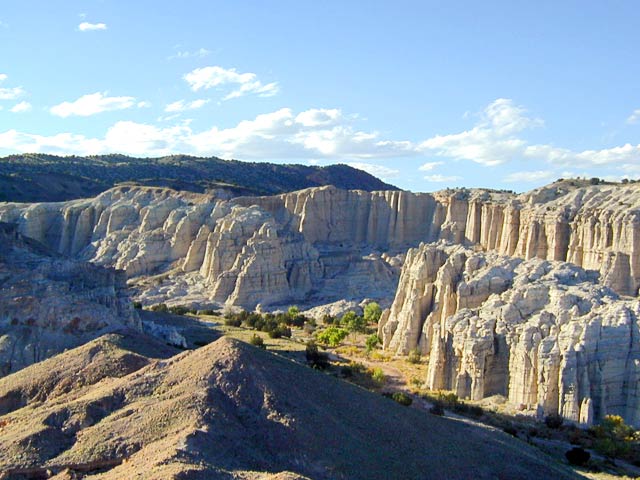
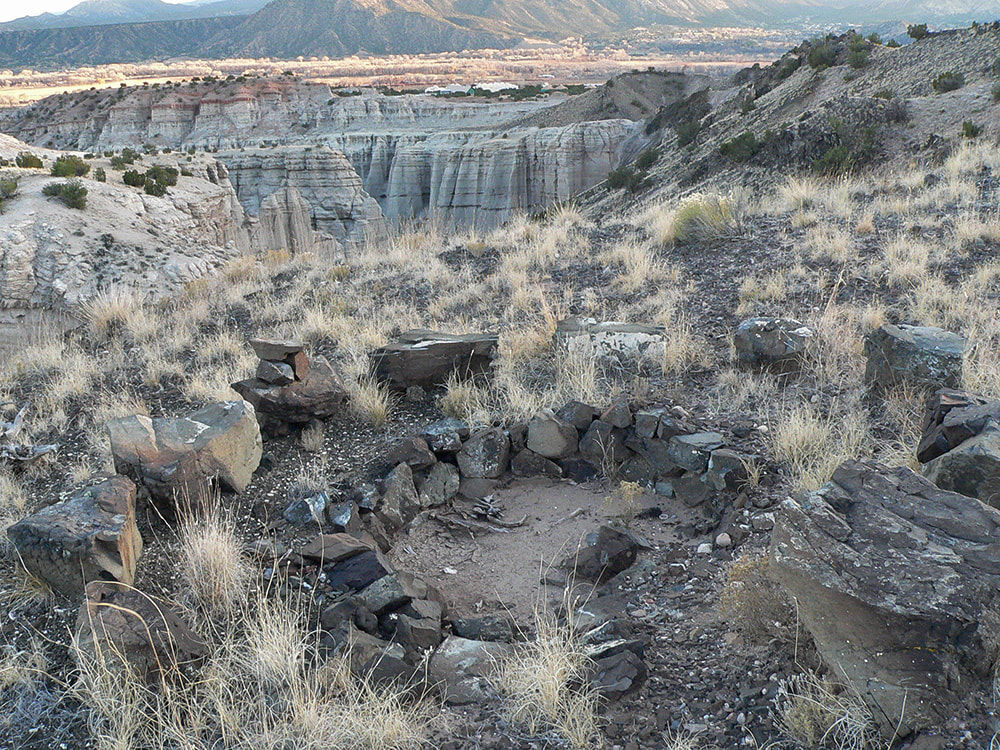
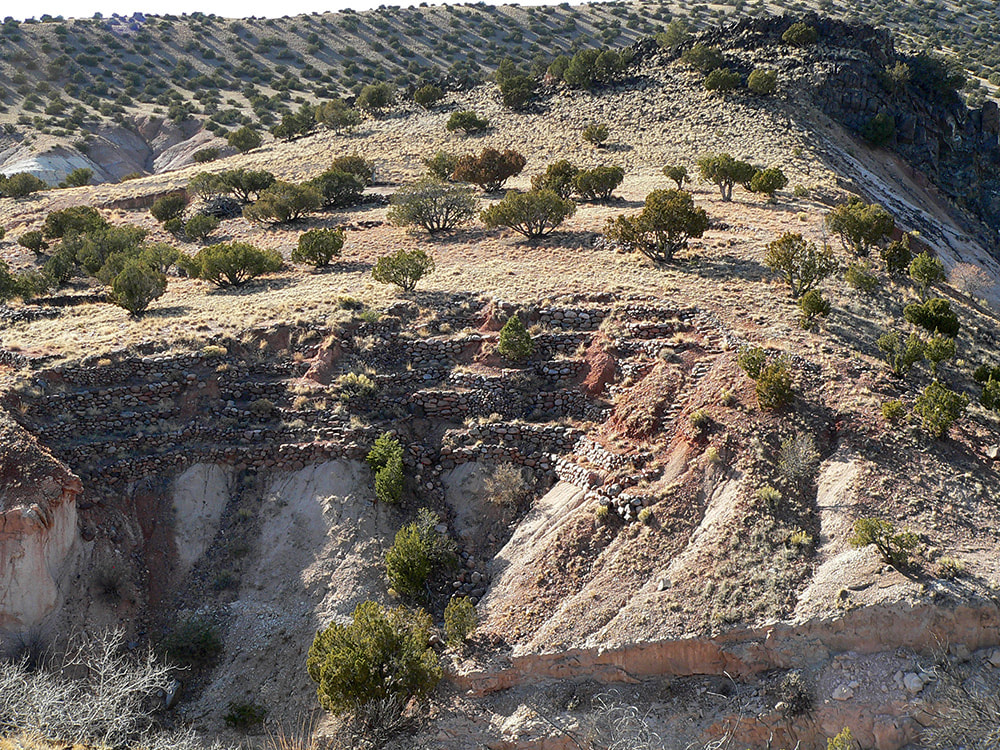
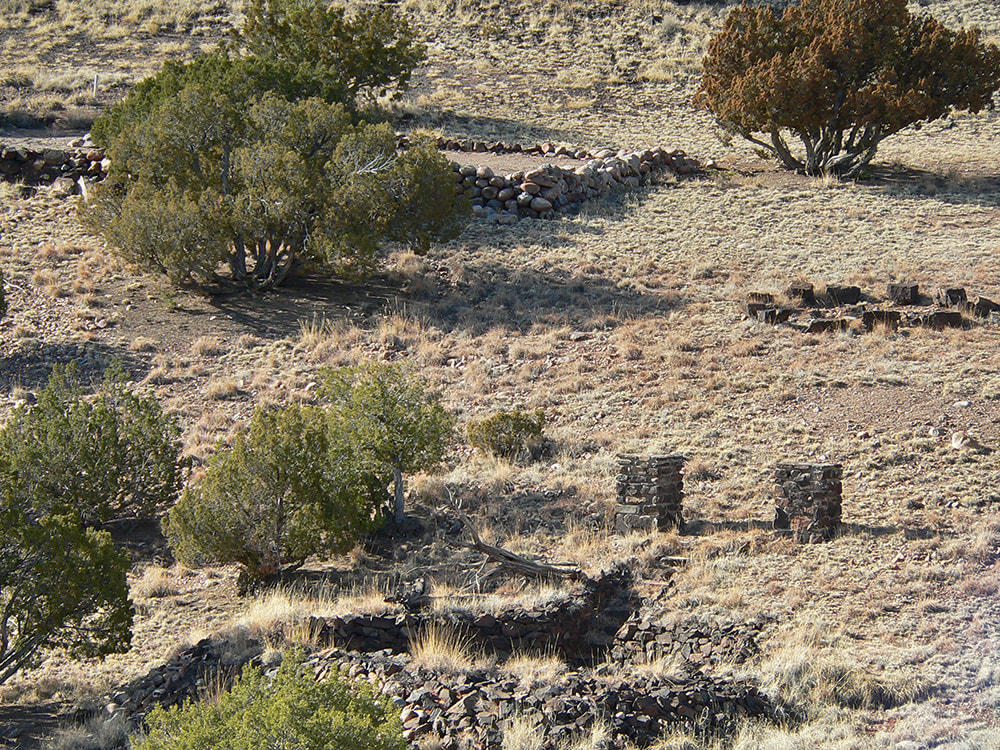
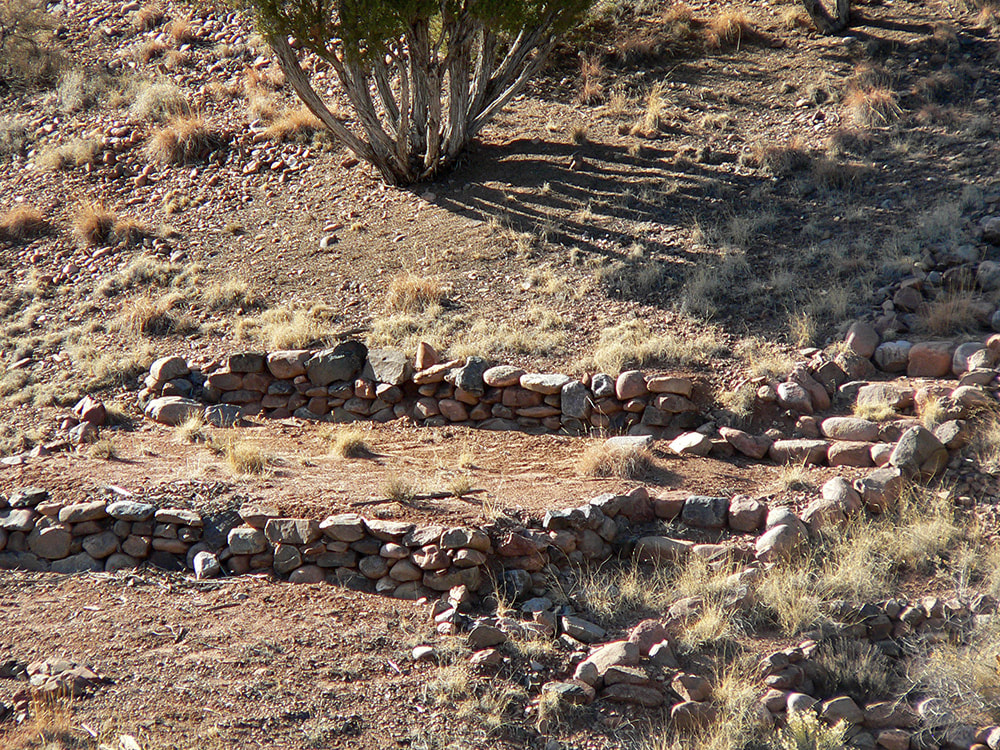
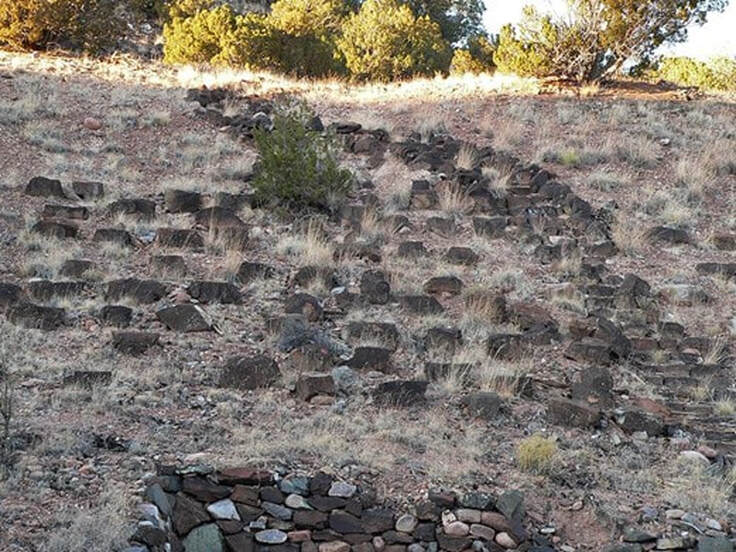

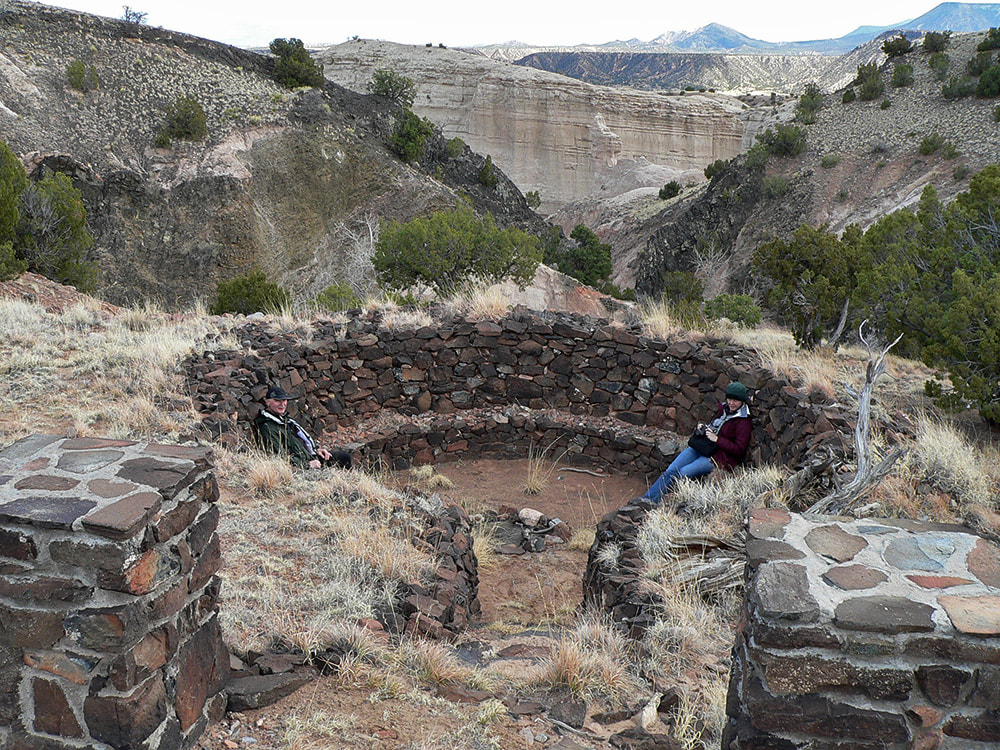


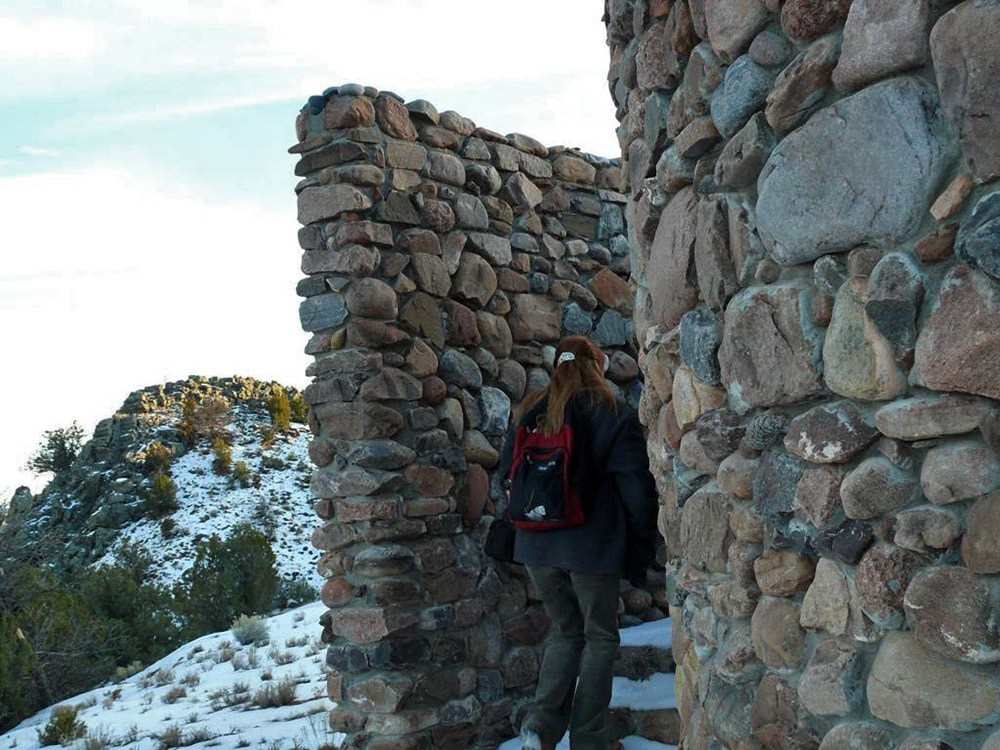

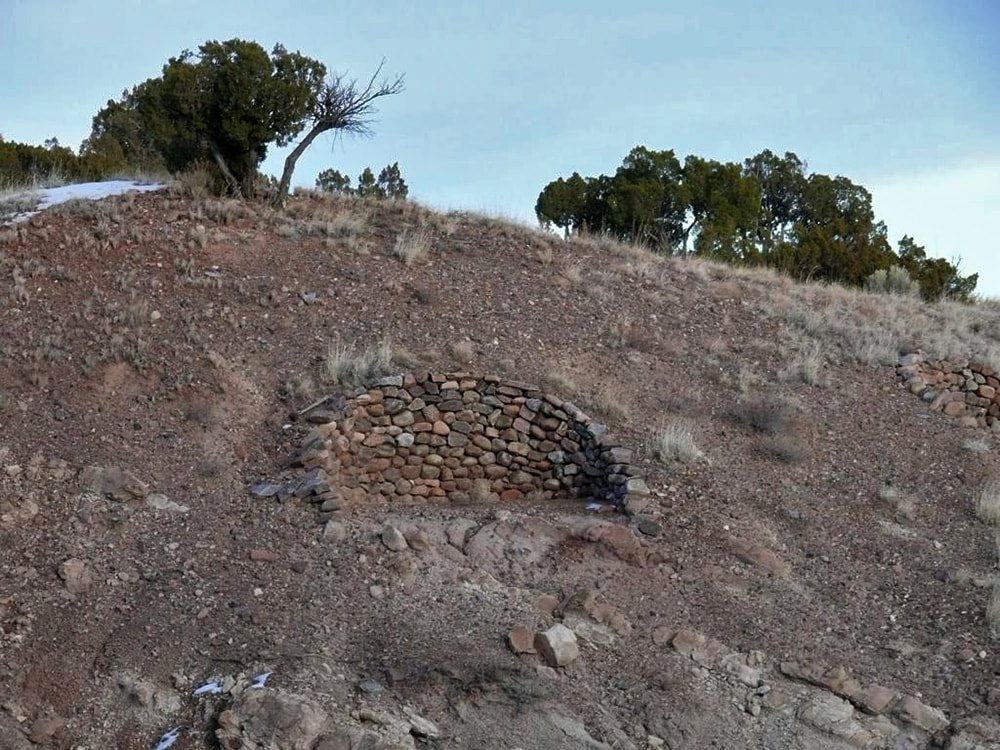


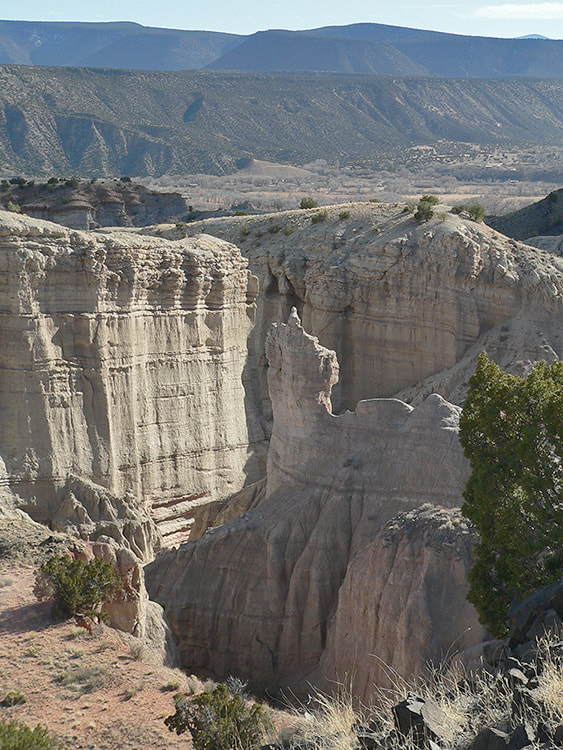
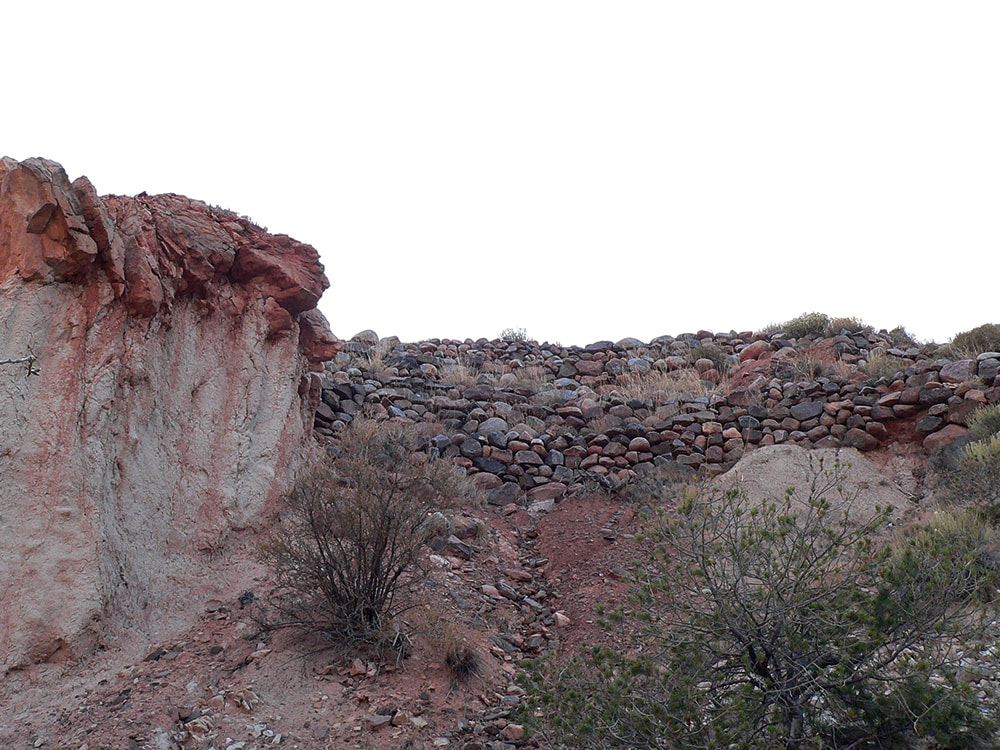
 RSS Feed
RSS Feed